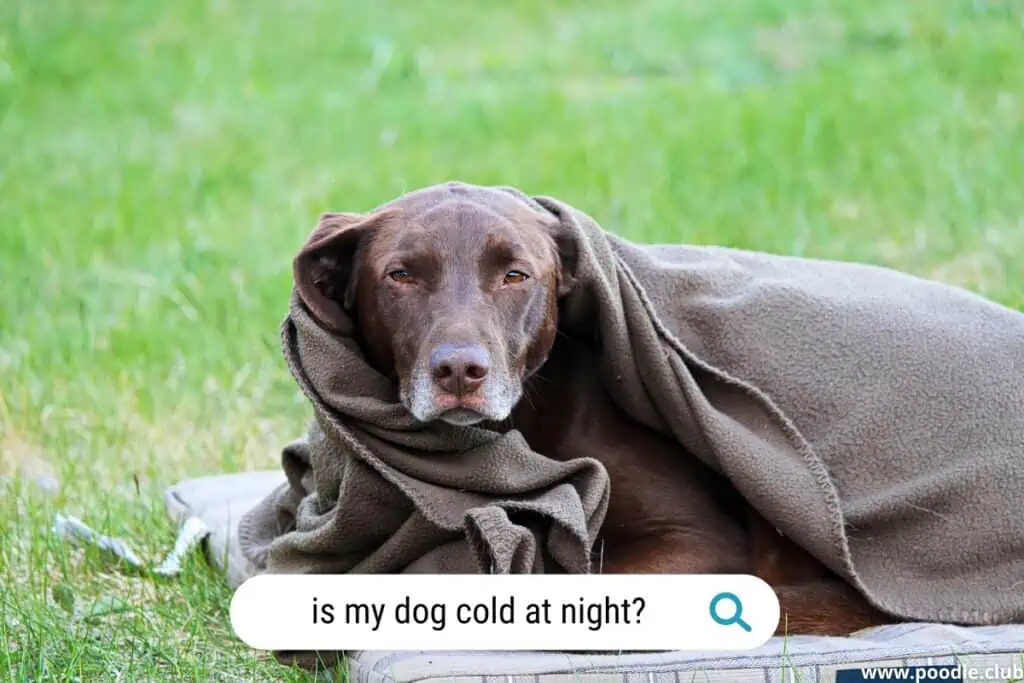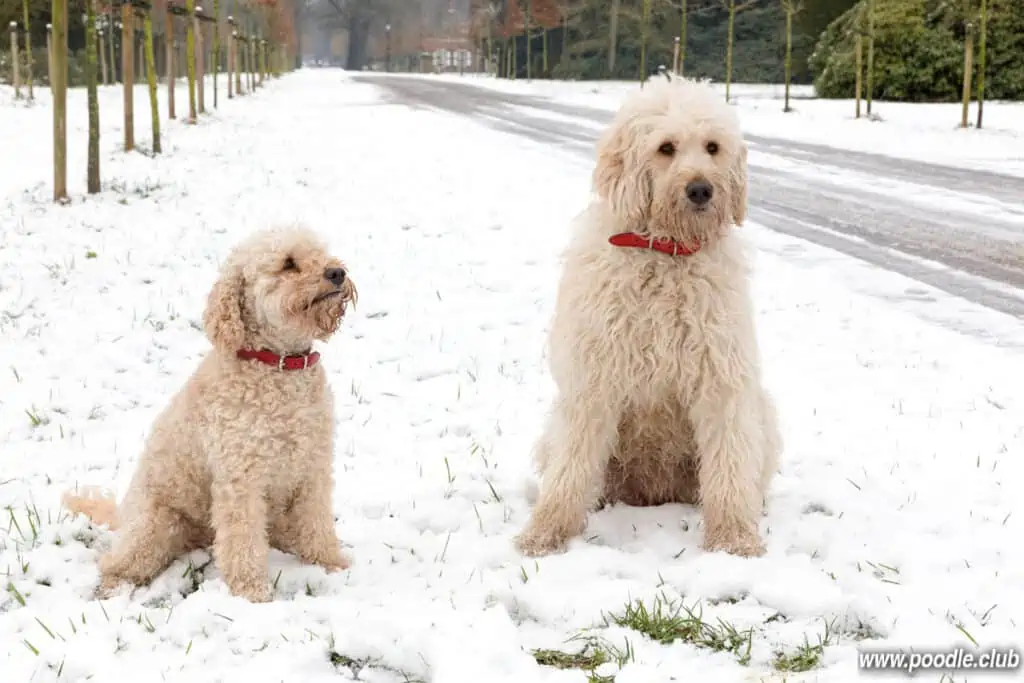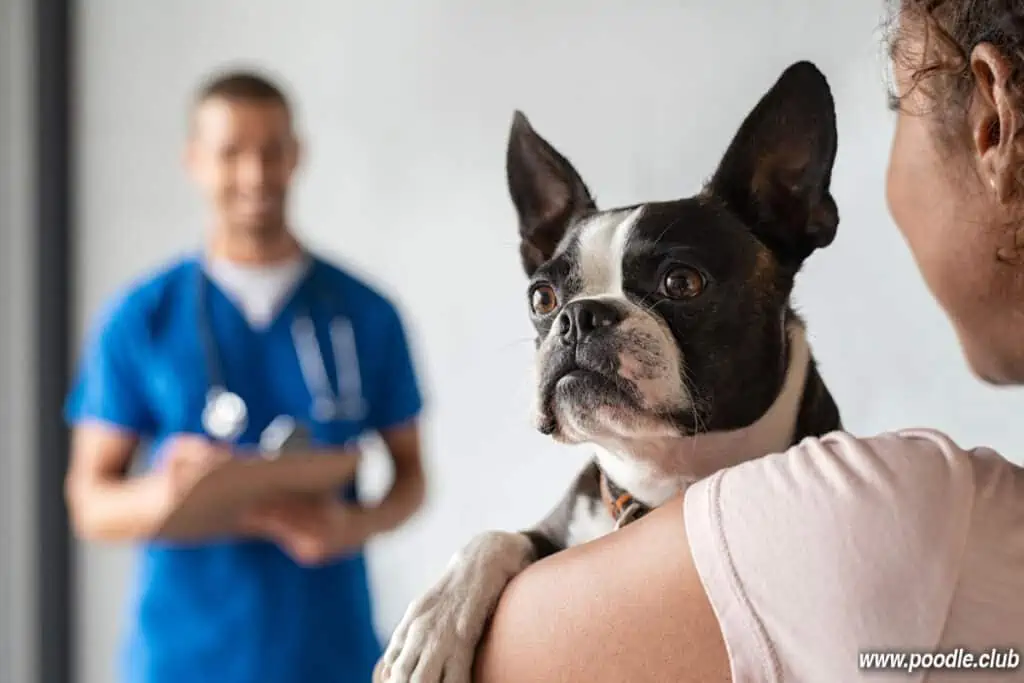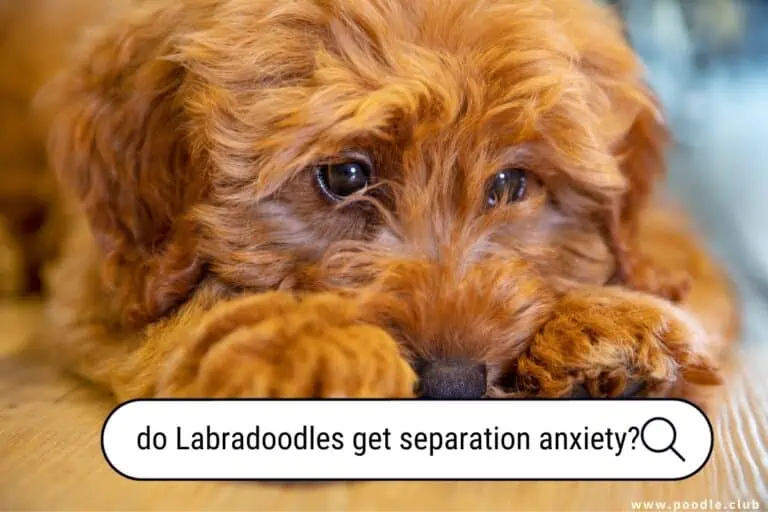How Do I Know If My Dog Is Cold At Night? [Uncovering the Signs]
As a dog owner, one might often wonder if their furry friend is comfortable during the chilly nights. Knowing the signs and symptoms of a cold dog is essential to ensure their well-being, especially during the colder months.
A dog experts, we get asked to translate what dogs are trying to tell their owners all the time. Dog talk is tricky! What are they trying to say?
This article provides valuable information on identifying if a dog is feeling cold at night and what steps can be taken to keep them warm and cozy.

Dogs, like humans, can feel the drop in temperature and may require extra efforts to keep them comfortable. It’s crucial to understand the signs indicating that a dog is cold so that appropriate actions can be taken to prevent potential health issues.
From behavioral changes, such as shivering and reluctance to move, to physical cues like a tucked tail, various indications can help determine if a dog requires additional warmth during the night.
Keep reading to learn more about these signs and practical solutions to keep your dog warm and comfortable during cold nights.
Signs Your Dog Is Feeling Cold
Recognizing the signs that your dog is feeling cold is crucial for ensuring their comfort and well-being during chilly nights. Here are some of the most common indicators that your canine companion might be too cold.
PuppySpot is a reputable dog marketplace where you can browse and find compatible puppies right from the comfort of your home. They have placed over 200,000 puppies into homes in the US!

Shivering
Shivering or trembling is a clear sign that your dog is feeling cold, as they try to generate warmth by moving their muscles. If you notice your dog shivering, you should take immediate action to provide warmth and reassess your environment’s temperature.
Whining
Another indication that your dog is cold is if they start to whimper or whine. This behavior shows that your dog might be feeling uncomfortable and is trying to communicate that to you. Pay attention to their vocal cues, and consider providing extra warmth when you hear whining.
Lethargy
A lethargic or sluggish dog might be suffering from the cold. If your dog seems uninterested in going outside or moves slower than usual, it could be because they are feeling cold and trying to conserve energy. Keep an eye on your dog’s behavior and energy levels during colder nights. (source)
Seeking Warmth
Dogs will instinctively seek shelter and warmth when they are feeling cold. If you find your dog hiding under or behind objects, like furniture or blankets, they might be trying to stay warm. Be attentive to your dog’s actions as they can be a clear indicator of their comfort levels.
By observing your dog’s behavior and looking for these signs, you can ensure that your furry friend stays comfortable and warm during cold nights.

Common Dog Breeds That Feel Cold Easily
Different dog breeds can have varying tolerance levels to cold temperatures. In general, factors such as size, fur length, and age can influence a dog’s ability to withstand cold weather. Let’s take a closer look at common dog breeds that may feel cold easily.
Small Breeds
Due to their small size and lower body fat, small dog breeds tend to feel colder faster than their larger counterparts. Some examples of small dog breeds more susceptible to cold include:
- Chihuahua
- Italian Greyhound
- Miniature Pinscher
- Pomeranian
- Shih Tzu

Short-Haired Breeds
Short-haired and smoothly coated dogs lack the insulation of a thick coat to keep them warm during colder temperatures. Breeds that are sensitive to cold due to their short hair include:
- Boxer
- Dalmatian
- Doberman Pinscher
- Greyhound
- Whippet
Older Dogs and Puppies
Age can also play a role in how cold affects a dog. Older dogs and young puppies might struggle to regulate their body temperature, making them more susceptible to cold weather. Just as you would take extra precautions with small and short-haired breeds, make sure to take extra care of senior dogs and puppies during colder months.
How to Keep Your Dog Warm at Night
Knowing how to keep your dog warm at night is essential for their comfort and health. Here are some tips to ensure your canine friend stays cozy during those chilly evenings.
Provide a Warm Bed
A comfortable, warm bed is crucial for your dog’s comfort. Opt for a bed with raised edges or a bolster, which can help block drafts and provide insulation. Elevated beds can also keep your pet off the cold floor. Consider adding a fleece or sherpa dog bed cover to further increase warmth.

Use Blankets
Blankets are an excellent way to keep your dog warm. Choose thick, warm blankets made from materials like fleece or flannel. Ensure that the blankets are large enough for them to wrap themselves in, and replace the blankets if they become damp or soiled.
Insulate Their Sleeping Area
Insulating your dog’s sleeping area can help retain warmth. If your pet sleeps outside, consider providing a well-insulated dog house with a weatherproof door flap. For indoor dogs, make sure their bed is away from cold drafts and windows. If necessary, use draft stoppers or curtains to block out the cold.
Consider a Heated Dog Bed
A heated dog bed can provide extra warmth and comfort for your pet, especially during colder months. Choose a high-quality heated bed designed for dogs, and follow safety guidelines to avoid burns or other hazards. These beds can be particularly beneficial for older dogs or those with joint issues or thin fur.
When to Consult a Veterinarian

It’s essential to observe your dog’s behavior and physical symptoms to determine if they are feeling cold at night. However, sometimes it can be challenging to know for sure. In certain cases, it’s best to consult a veterinarian to get professional advice on your dog’s condition.
If your dog is displaying signs of extreme discomfort or unusual behavior, such as refusing to eat, excessive shivering, or lethargy that lasts for more than a day, it’s time to seek veterinary help.
Additionally, if your dog is already dealing with health issues or has a history of reacting poorly to cold temperatures, it’s essential to consult your veterinarian for specific guidance on keeping your pet comfortable and safe during colder nights.
It’s worth noting that some dog breeds are more prone to feeling cold due to their size, coat type, or even age. In these cases, it’s always a good idea to keep an open line of communication with your veterinarian and ensure that you’re taking the necessary precautions to keep your dog warm and comfortable during the night.
Remember, your dog’s health and wellbeing are crucial, and it’s always better to be safe than sorry. If you’re unsure about your dog’s tolerance to cold nights, don’t hesitate to consult your veterinarian. They can provide you with tailored advice and recommendations based on your pet’s unique needs.




![Fat Poodle [Poodle Obesity Guide]](https://poodle.club/wp-content/uploads/2022/12/fat-poodle-obesity-768x512.webp)

![Poodle vs Cockapoo [Breed Comparison] + Photos!](https://poodle.club/wp-content/uploads/2022/12/poodle-vs-cockapoo-768x512.webp)
